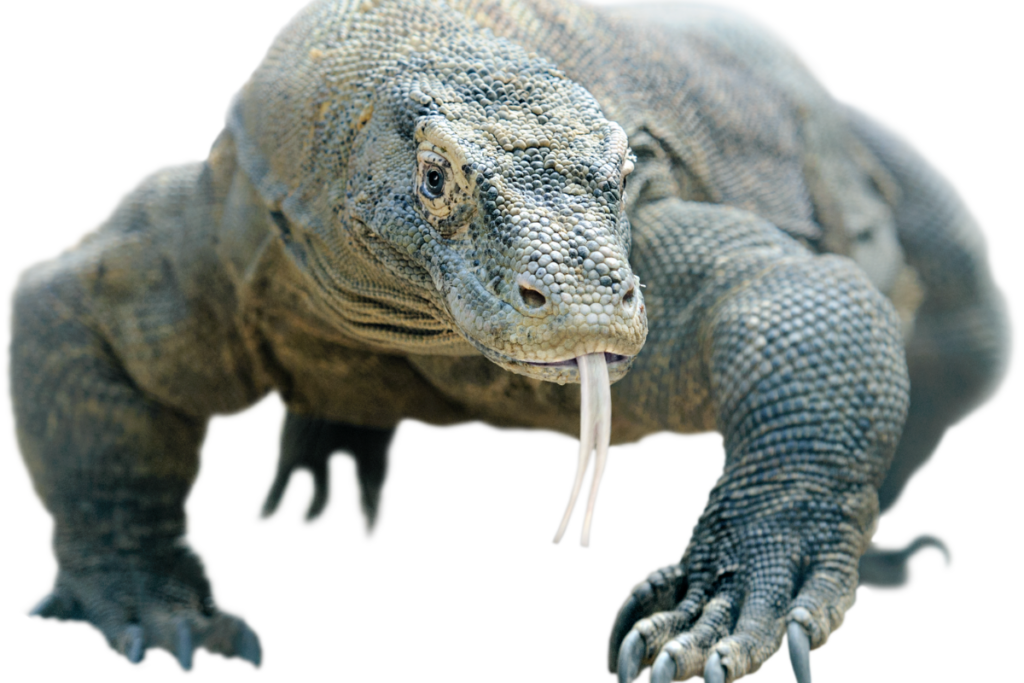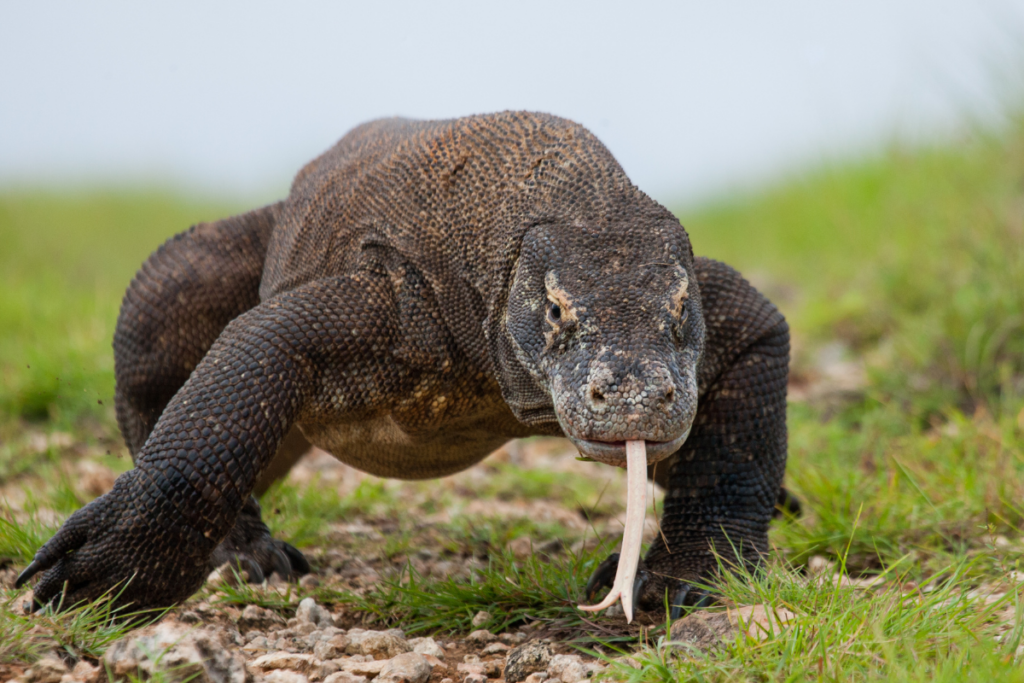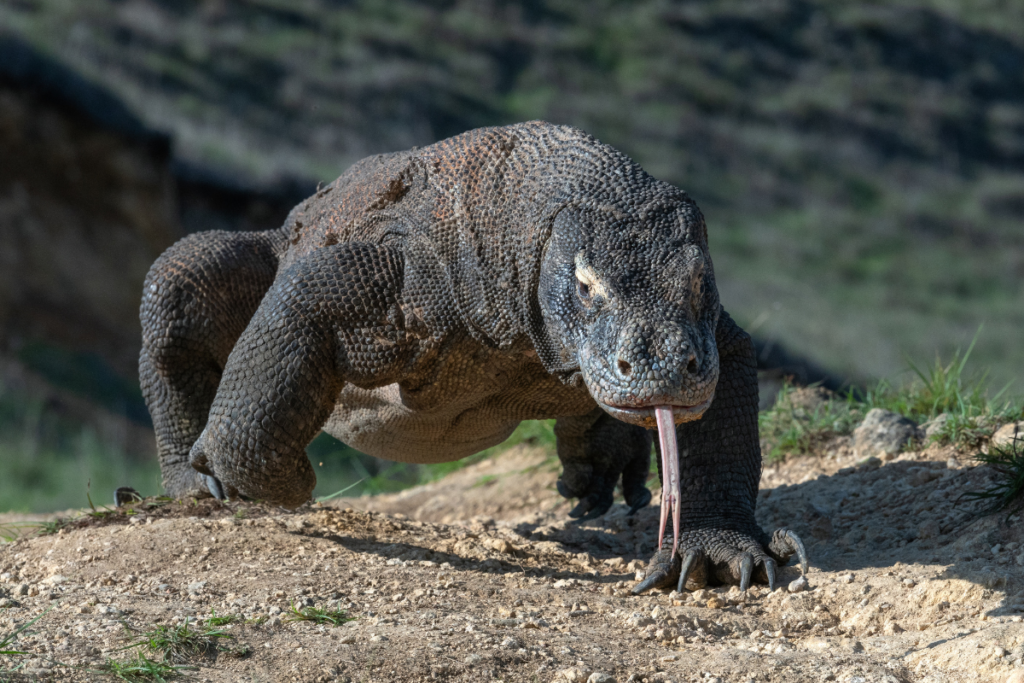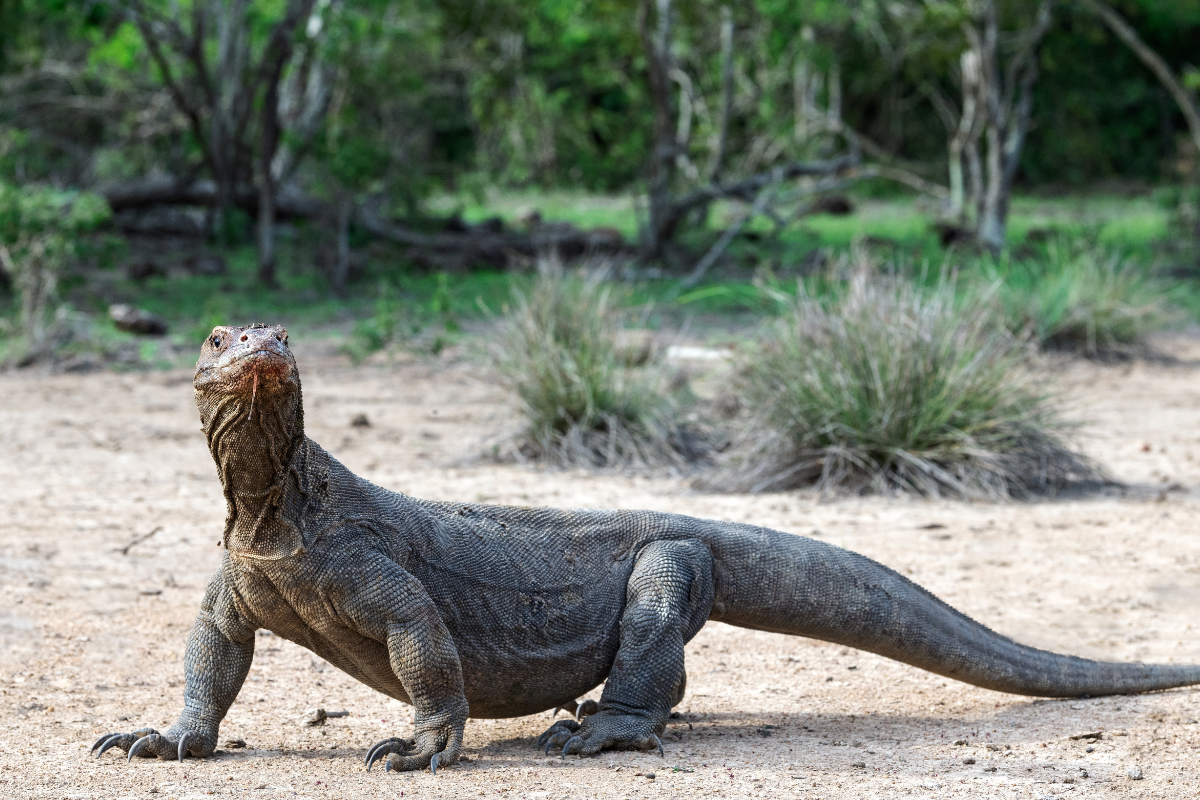The Komodo dragon (Varanus komodoensis) stands as a prehistoric relic in the modern world, a testament to the marvels of evolutionary adaptation and survival.
Found primarily on the Indonesian islands of Komodo, Rinca, Flores, Gili Motang, and Padar, this formidable reptile is the largest living lizard species, capable of reaching lengths exceeding three meters and weights of up to seventy kilograms.
However, its impressive size is just one aspect of its evolutionary journey, which dates back millions of years.
Evolutionary Origins

The evolutionary origins of the Komodo dragon can be traced back to the Miocene epoch, around 4 million years ago, when the ancestors of modern-day monitor lizards diverged and began to adapt to the unique ecological niches of the Indonesian archipelago.
These ancestors, already equipped with sharp claws, powerful tails, and a keen predatory instinct, gradually evolved into what would become the apex predators of their island habitats.
Adaptations for Island Life

One of the most striking evolutionary adaptations of the Komodo dragon is its size.
While larger body size generally correlates with mainland species, on islands where resources may be limited and competition fierce, large size can confer significant advantages.
The Komodo dragon’s size allows it to dominate its ecosystem, preying on a variety of animals, including deer, wild boar, and even smaller Komodo dragons.
Feeding Behavior and Venomous Adaptation

Unlike many other large predators, the Komodo dragon does not rely solely on its size and strength to bring down prey. It possesses a unique adaptation: venomous saliva.
Recent research has revealed that Komodo dragons have venom glands located in their lower jaws, which produce a cocktail of toxins that disrupt blood clotting and lower blood pressure in their prey.
This venomous adaptation not only aids in subduing large animals but also serves as a means of defense against potential threats.
Social Behavior and Reproduction
Komodo dragons are largely solitary creatures, with males exhibiting territorial behavior and engaging in dominance battles during the mating season.
Female Komodo dragons typically lay their eggs in burrows, where they are protected from predators and the elements.
Interestingly, the sex of the hatchlings is determined by temperature during incubation, with higher temperatures resulting in more females and lower temperatures yielding more males—a phenomenon known as temperature-dependent sex determination.
Conservation Challenges
Despite their evolutionary success, Komodo dragons face significant conservation challenges today.
Habitat loss, poaching, and human-wildlife conflict threaten their populations across the islands where they are found.
Conservation efforts are crucial to ensure the survival of these iconic reptiles, including habitat protection, monitoring of population trends, and education initiatives to promote coexistence between humans and Komodo dragons.
Conclusion
The Komodo dragon’s evolutionary journey is a remarkable tale of adaptation and survival in the dynamic and often harsh environments of the Indonesian islands.
From its origins millions of years ago to the present day, this apex predator has thrived by evolving unique physiological traits and behaviors that allow it to thrive in its island habitats.
As we continue to study and conserve these ancient creatures, we gain valuable insights into the complexities of evolution and the delicate balance of ecosystems in which they play a vital role.
This article provides a comprehensive overview of the evolutionary biology of the Komodo dragon, highlighting its adaptations, behaviors, and conservation challenges.






Leave a Reply